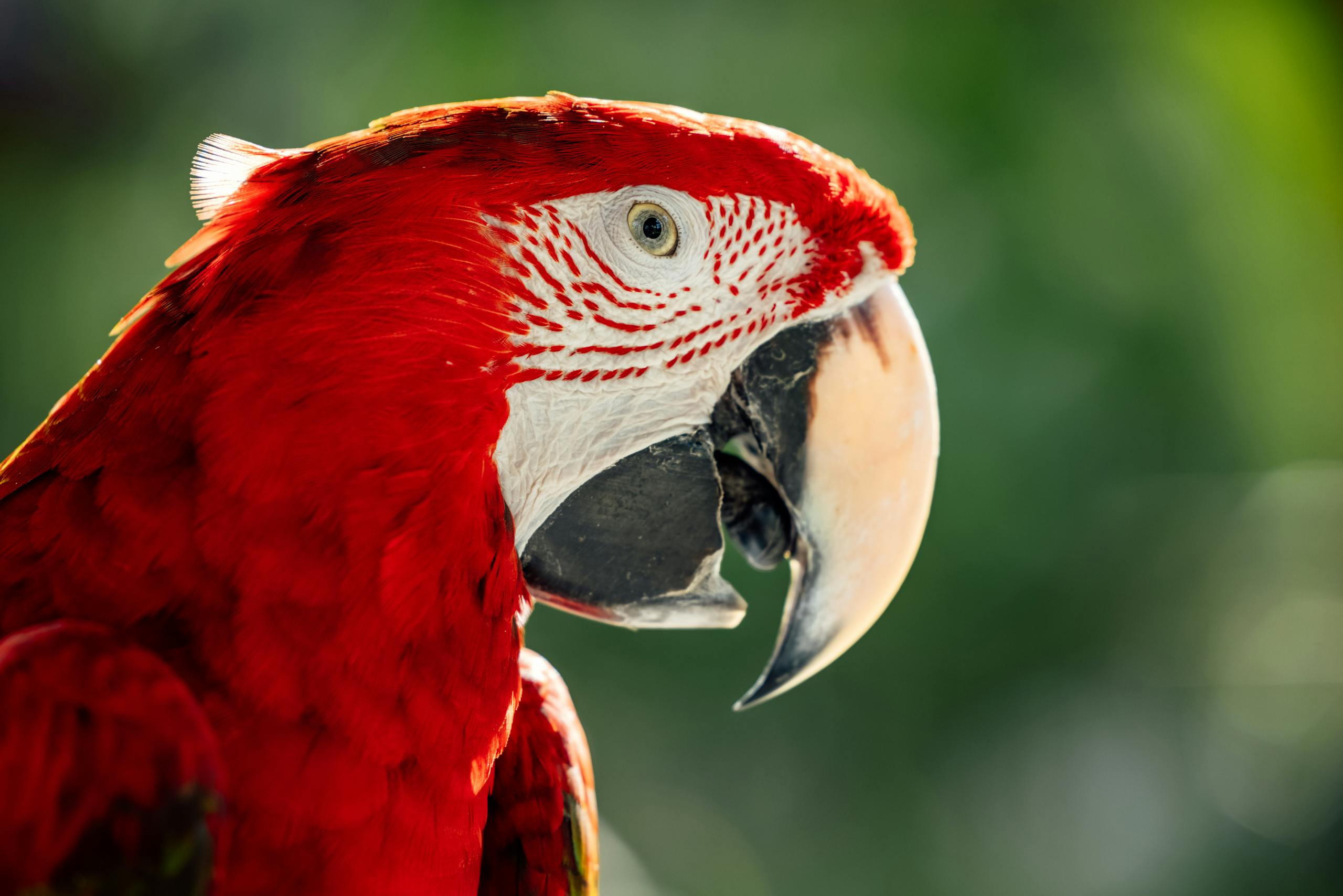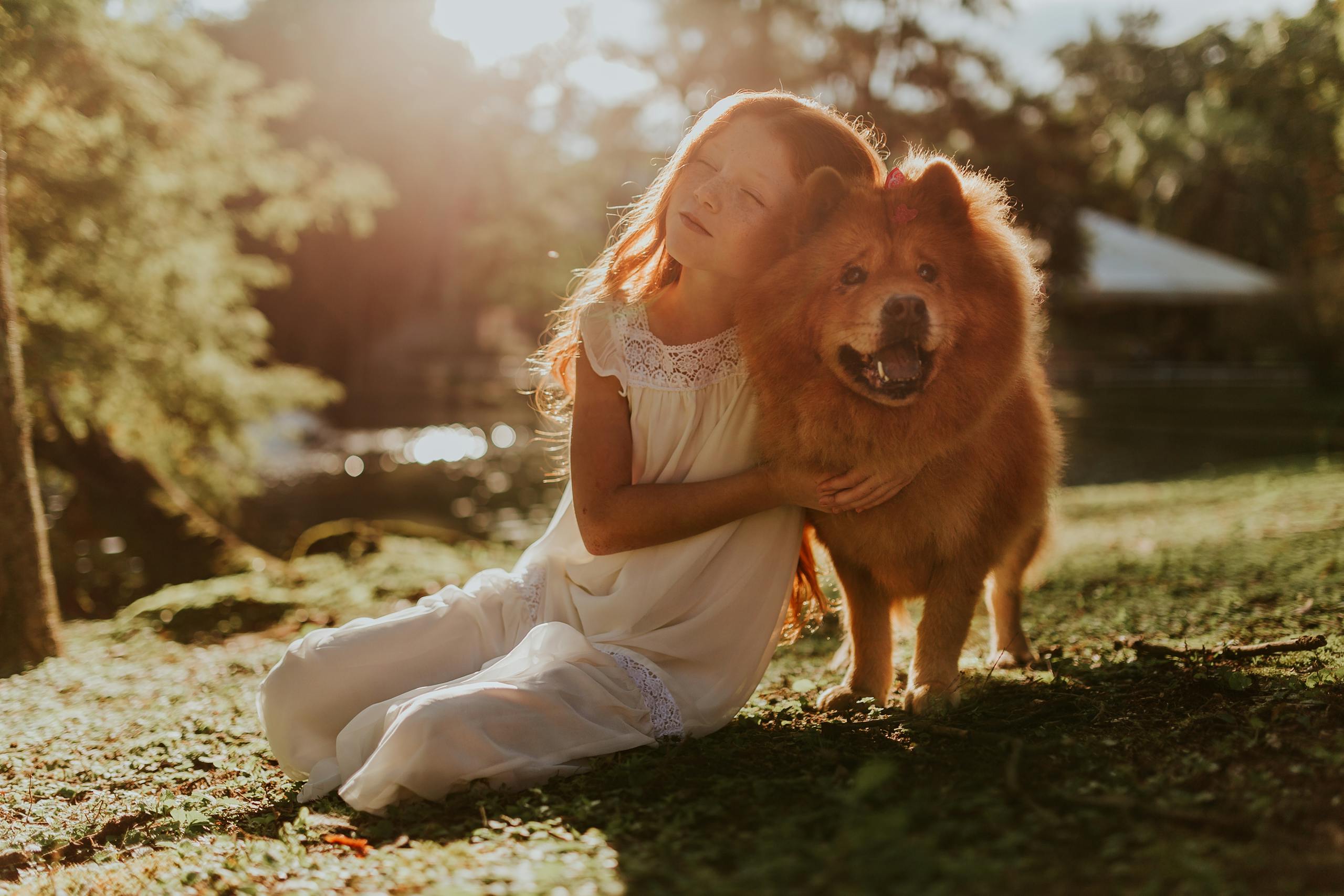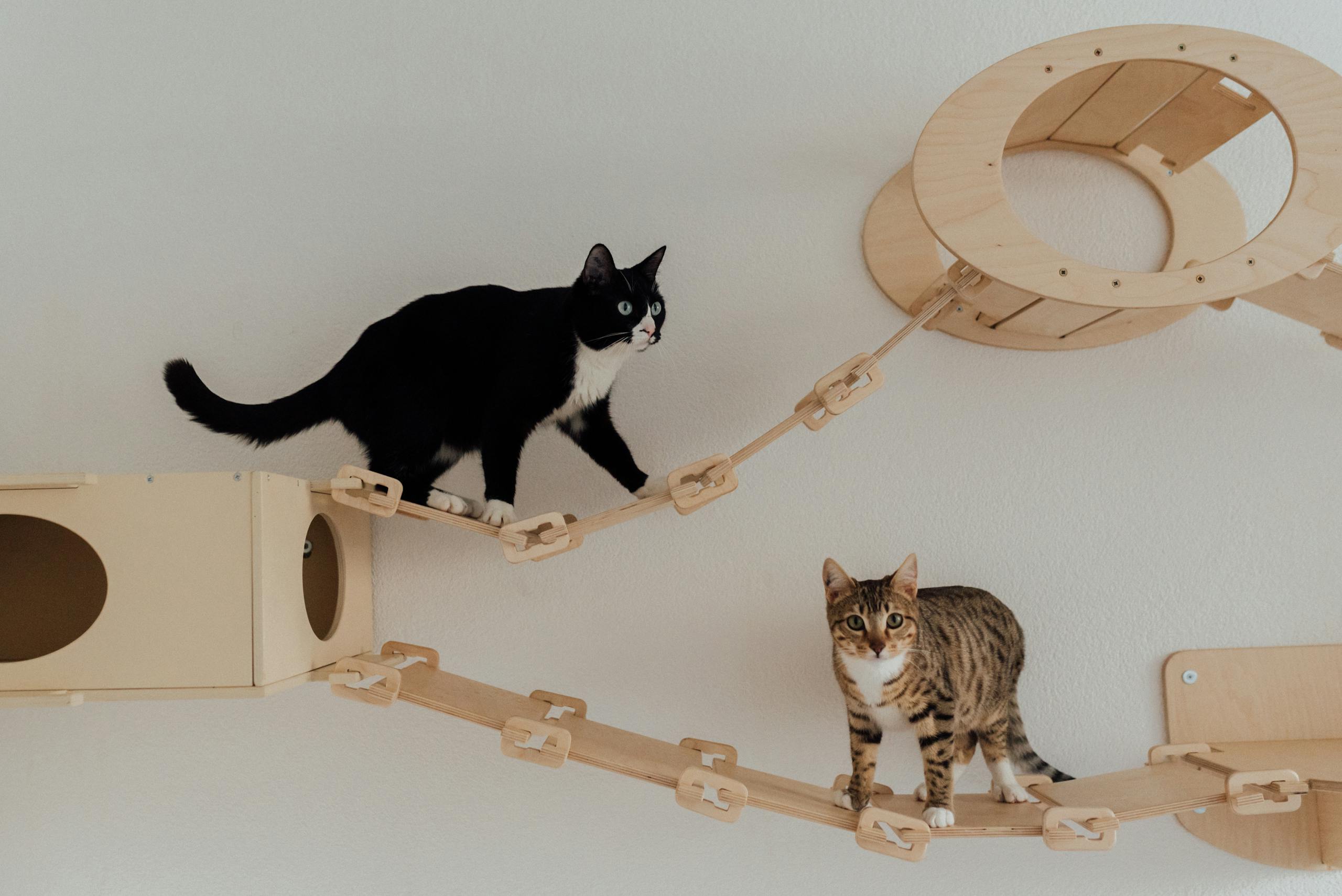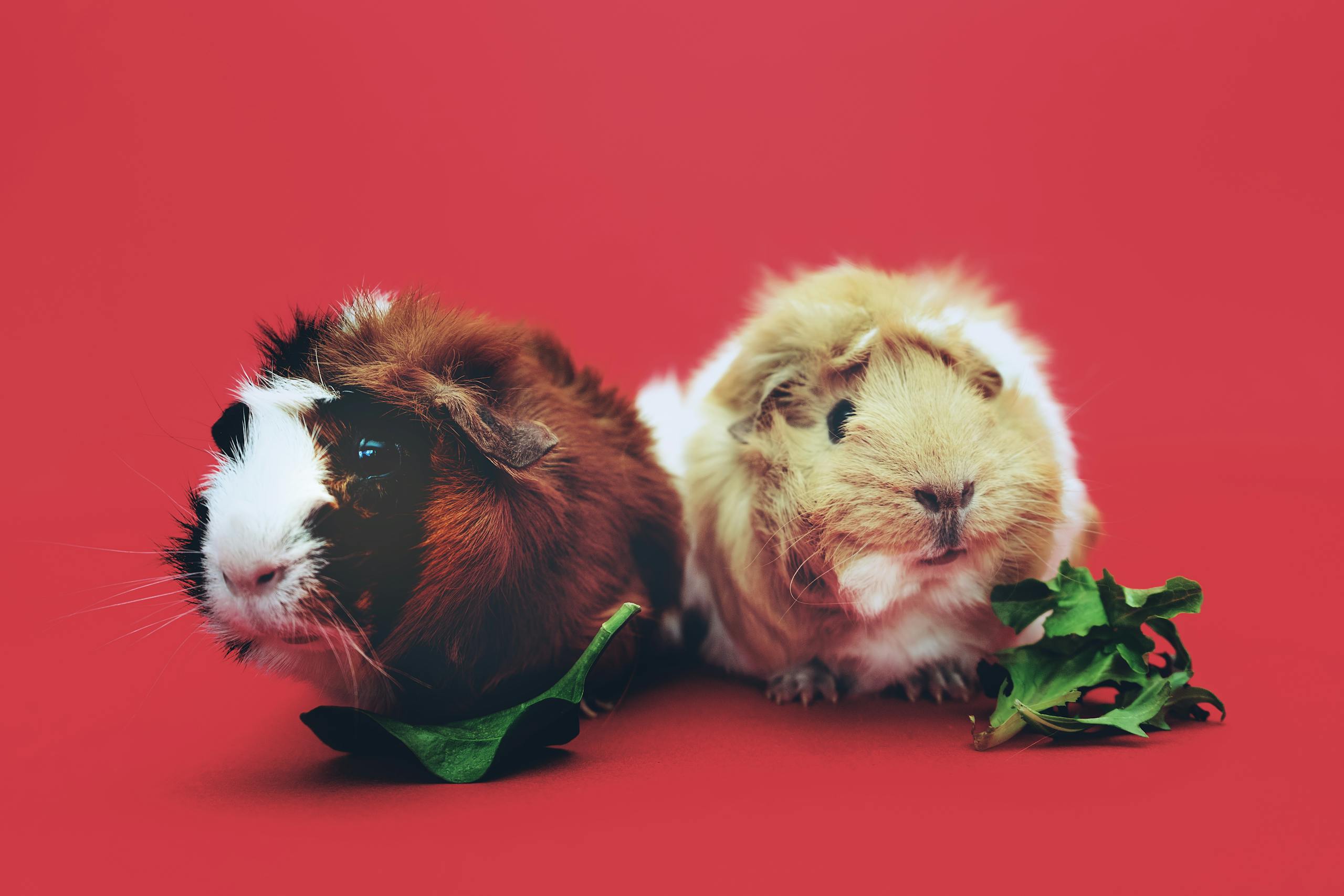
The Expenses Involved in Purchasing and Maintaining a Pet Bird
August 1, 2024 in Birds, Blog, Getting Started, Pet Bird Species
The bird’s cost may vary due to the breeder, availability of the species, and geographically based prices. Furthermore, you’ll need to prepare for additional expenses involved in caring for your new avian companion.
Breaking Down the Costs of Bird Care, Housing, and Food
In most cases, raising a bird is more affordable than caring for a pet cat or dog, however, costs can escalate depending on the bird’s lifespan (some have the same lifespan as humans) and health needs. Here’s an example of a cost break-down for keeping a small non-exotic bird like a parakeet according to Kiplinger:
• First-year cost: $465
• Annual cost: $250 (excluding unexpected vet costs)
• Total lifetime cost: $3,750 to $4,500 (assuming a 15 to 18-year lifespan)
• Other initial expenses: cage ($50) and bird purchase price ($15 to $40 for a parakeet). The yearly costs thereafter include food ($35), entertainment and toys ($50), and annual vet visits ($25 to $150).
Large bird species like macaws and parrots are considered more intriguing pets but come with a higher price tag and maintenance costs.
Pet Bird Pricing by Species
Small Birds: Budgies, Canaries, Finches, and Parrotlets
• Budgies (Parakeets): $15-$40. Being small, budgies are relatively cheap to maintain and feed. However, a seed-only diet is inadequate; vets recommend a diet inclusive of pellets, fresh fruits, and vegetables.
• Canaries: $25-$150. Keep in mind that canaries require ample cage space and a variety of toys to keep them entertained.
• Finches: $10-$100. Finches thrive in groups, so it’s recommended to get more than one for their emotional well-being.
• Parrotlets: $100-$300. Parrotlets have an average lifespan of 20 years or more, hence, be ready for a long-term commitment.
Medium Birds: Cockatiels, Conures, Doves, and Lories
• Cockatiels: $50-$150. These social creatures thrive on frequent interaction and handling.
• Conures: $150-$500. In captivity, they require a balanced diet of pelleted food, seeds, nuts, and fresh fruit and vegetables.
• Doves: $20-$100. Ensure a safe space for your dove to fly around daily outside their cage.
• Lories: $400-$900. Unlike other parrots, they need nectar in their diet; they eat mostly fresh fruits and vegetables and edible flowers like dandelions.
Large Birds: African Greys, Cockatoos, and Macaws
• African Greys: $600-$2,000. These intelligent birds need lots of socialization and exercise.
• Cockatoos: $800-$5,000+. Monitor their diet to prevent weight gain and ensure they have enough time outside their cage and toys for exercise.
• Macaws: $900-$5,000+. They’re high-maintenance pets that need regular stimulation and substantial time commitment from the owner.






















